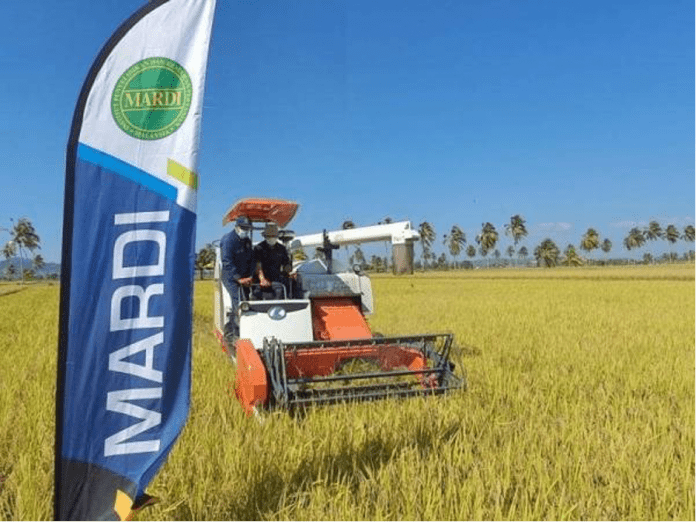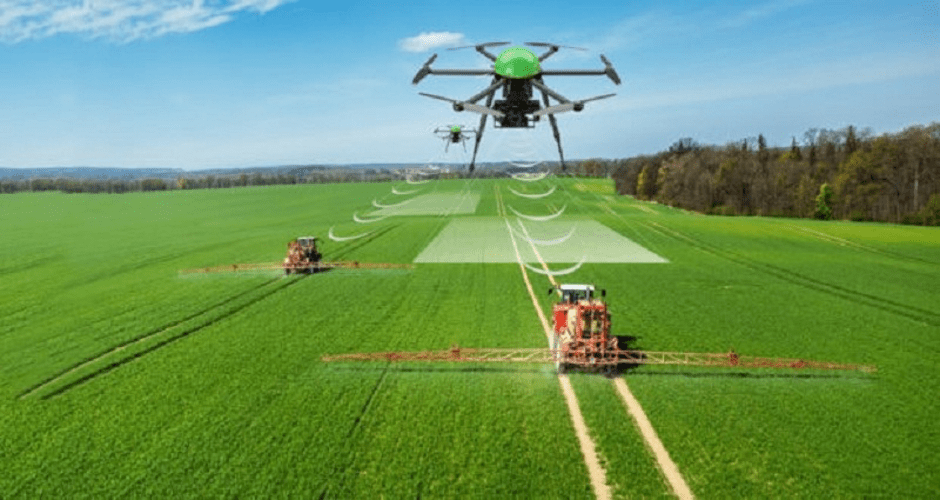When it comes to developing high-yielding rice varieties, Malaysia is on the forefront as a result of proactively taking advantage of the latest innovations and developments in the field by engaging in extensive research & development and employing mechanization & automation for efficiency.
The Department of Paddy Industry Development and the Malaysian Agriculture Research And Development Institute (MARDI) has developed more than 50 paddy varieties since 1964, which dominate almost 99% granary and non-granary areas throughout the nation. These varieties have been thoroughly researched and developed before being commercialized in the market, with costs that can exceed RM4,500,000.
Recently, MARDI has launched new varieties specifically designed to have higher tolerance to pests and diseases, shorter maturation periods and higher yields. Two such varieties are the MR315 variety, known as Seri Waja, and the MRQ104, known as Kembang Sari; both having a high resistance to panicle , foliar blast and sheath blight disease, with a maturation period of between 100- 120 days and production as high as 5.4 – 9.0 metric tonnes per hectare.
In addition to research and development, MARDI has also invested in automation and new technology, introduced across the entire production value chain in line with The National Agro-Food Policy [NAP] 2011-2020 to address key issues in the sector: food security, sector competitiveness and sustainability, increasing the income level of target groups, and climate change.
In the land preparation stage, one method involves a mechanization package to treat problematic soil which has been used at several locations in the Muda granary area to treat the problem of soft soil.
Another initiative in the land preparation stage is mapping soil physicochemical properties of several granary areas across Malaysia, led by the Department of Agriculture Malaysia (DoA), and agencies under Ministry of Agriculture and Food Industries (MAFI). They cooperated to obtain and analyse soil samples to map out the nutrient in paddy plots. This information is valuable for farmers to make management decisions regarding input use.
A quick method to determine the levelling index of paddy plots has also been developed using a Global Navigation Satellite System (GNSS). Because uneven surfaces could cause irrigation problems and lower potential yields, this method helps farmers to decide on undertaking major land levelling activities or apply variable rate seeding strategy while also identifying the height of surfaces. This approach has been used in an upscaling project both in Kedah and Perak.
In the cultivation and crop maintenance stage, a precision farming technology package was introduced to optimize input use and reduce operational costs. The package consists of seed and fertilizer application and pest monitoring systems.
The seed application system uses data from the levelling index system to generate a variable rate seed application map. The map is then uploaded to an on-board computer installed on a high clearance tractor which applies a different seeding rate based on the map.
The fertilizer application system applies fertilizer based on crop needs at specific locations using an Unmanned Aerial Vehicle (UAV) which carries a camera used to obtain images of the paddy crop. The images are processed and a fertilizer treatment map is then generated. The map is uploaded to an on-board computer installed on a high clearance tractor which applies a different fertilizer rate based on the map.
To monitor the paddy crops from pest attacks, an early warning system has also been developed. A light trap is placed near affected paddy plots and is turned on at night to attract pests such as Brown Plant Hoppers (BPH). The type and number of the pests trapped is automatically counted using a pest detection and counting system. The system sends out a Short Message Service (SMS), warning farmers to take necessary action such as spraying of chemicals to control pest outbreaks which not only saves input cost, but also avoids environmentally harmful chemical overuse.
This precision farming package was trialled in an upscaling project in Kedah and Perak and will be implemented in the Smart Sawah Berskala Besar (Smart SBB) with the cooperation of FGV Holdings Berhad.
In the post-harvest handling stage, a Standard Operating Procedure (SOP) was designed to manage Postharvest losses (PHL) of paddy, which affect the production of rice and food security in Malaysia. PHL is defined as losses that occur due to spills or negligence during harvesting operations. Losses include incorrect machine settings, transportation mishandling, inefficient processing resulting in broken rice and improper storage resulting in unpleasant odours, discoloration and insect attacks.
Harvesting contributes to highest post-harvest losses in the paddy industry in Malaysia, followed by losses during transportation, losses at the rice mill and during storing. Proper management of post-harvest handling can reduce losses and improve the total yield of rice in the country.










